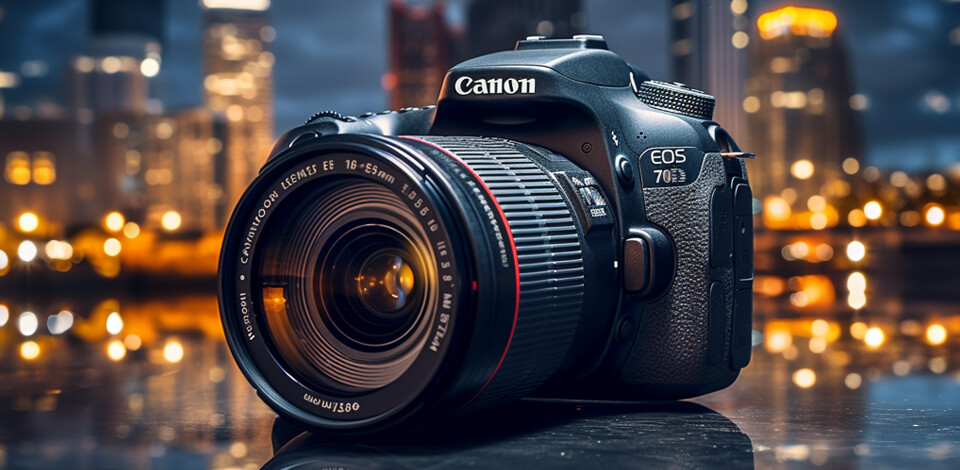
Night photography has always fascinated me, and while the Nikon Z6II has been my go-to camera for this, I’ve begun to notice that it doesn’t handle this kind of photography very well. As a member of the FixThePhoto team, I spend a lot of time exploring photography gear and technology.
So, I decided to undertake thorough testing of night photography cameras that are popular now. I’ve been checking Reddit discussions, talking to my FixThePhoto team, and getting feedback from our client photographers to see what gear is currently the most popular. My list includes everything from budget-friendly options to high-end pro cameras.
The key question sounds so: Is spending a fortune on the most expensive photography camera necessary for shooting night photos? This is important because choosing a camera for low-light photography involves more than just megapixels and flashy features on a spec sheet.
Nighttime shooting is not always easy, so when selecting the best camera for night photography. Consider the aspects that can help you overcome the common hurdles:
Amazon: 50+ bought in the past month
BH: 650+ sold in the past year
Adorama: 500+ sold in the past year
Best Buy: 450+ sold in the past year
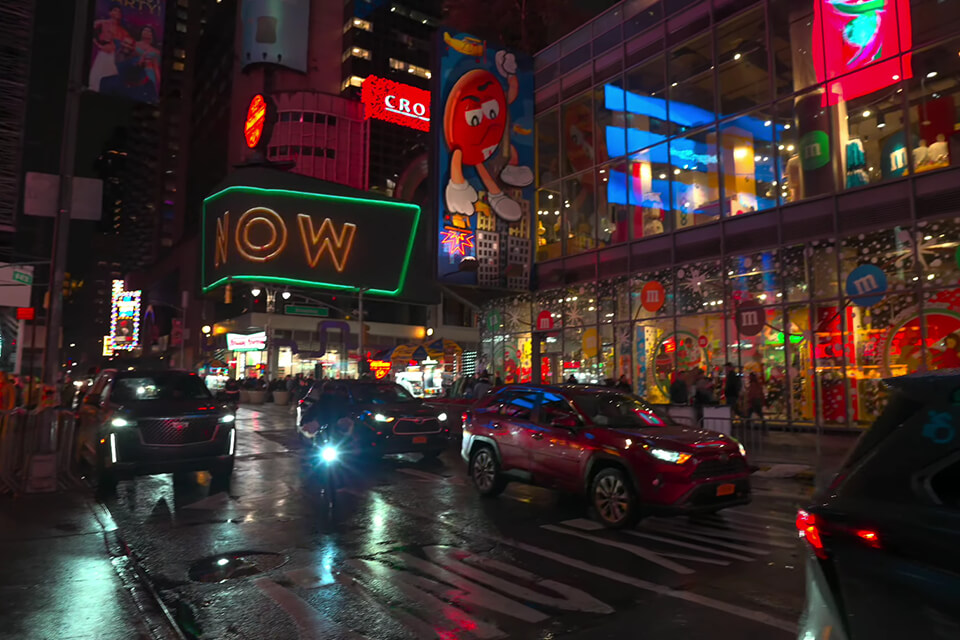
Sensor: Full-Frame CMOS | MP: 12.1 MP | ISO: 80-102400 | Autofocus: Hybrid AF | Stabilization: 5.5-stop IBIS | Video: 4K up to 120p
Tetiana, my colleague, often recommended the Sony a7S III for night photography to me, as it’s her trusted camera for all kinds of shoots. With a 12.1MP full-frame sensor and large pixels, the a7S III is designed to capture more light, making it ideal for low-light shots.
To test its ISO performance, I photographed various night scenes, including star trails, the Milky Way, and long-exposure city skylines at twilight, evaluating how well it handled different lighting conditions.
I was truly amazed by its noise performance. The results were outstanding, even at ISOs I would normally never use on my Z6II. Shots taken at ISO 6400, 12800, and even beyond remained impressively clean, with sharp details and very little noise. The image quality stayed remarkably high.
Next, I put the autofocus to the test. In almost complete darkness, I aimed the a7S III at faint stars and dimly lit subjects. To my surprise, it locked on quickly and with impressive accuracy. While it wasn’t flawless every time, it was significantly faster and more reliable than my Nikon in similar low-light conditions.
A long-lasting battery is crucial for night photoshoots, as this photography genre involves hours of shooting, especially for star trails or time-lapses. I took the a7S III on multiple extended night shoots, capturing both photos and videos, and the battery life proved to be highly reliable.
Amazon: 200+ bought in the past month
BH: 2.5K+ sold in the past year
Adorama: 1.9K+ sold in the past year
Best Buy: 1.5K+ sold in the past year
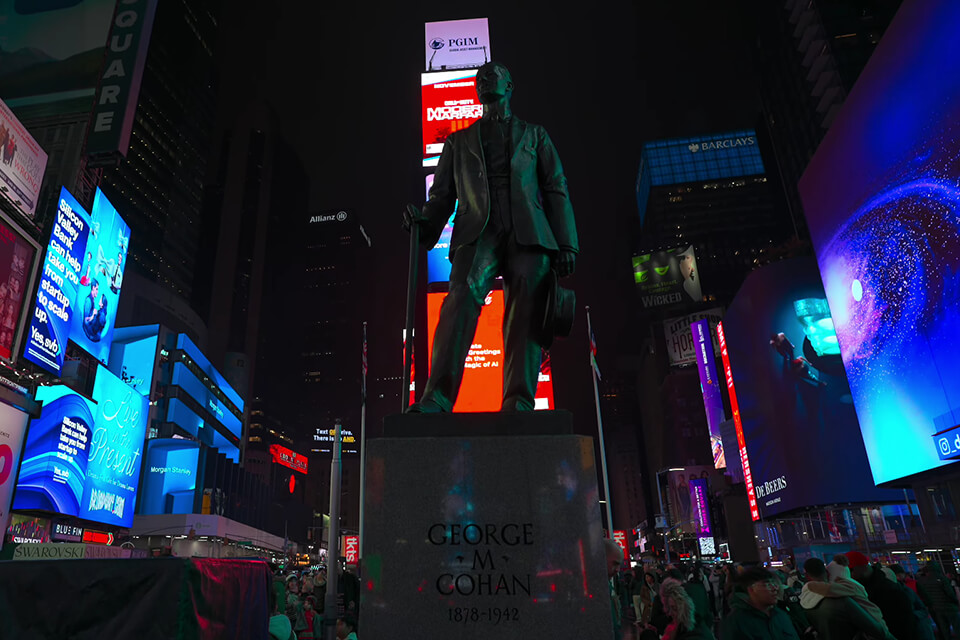
Sensor: Full-Frame CMOS | MP: 24.2 MP | ISO: 100-102400 | Autofocus: Dual Pixel CMOS AF | Stabilization: 8-stop IBIS | Video: 4K up to 60p
One of our FixThePhoto clients, a pro landscape photographer who focuses on night work, highly recommended the Canon EOS R6 II. He spoke so many flattering words about it that I had to give it a try. The R6 II boasts a 24.2MP full-frame sensor. While megapixels aren’t everything for night shot ideas, the added detail is great for cityscapes and expansive night scenes where you want to capture as much information as possible.
I took the Canon to famous NYC night spots to try its functionality. My goal was to see how it performed in situations where extreme ISOs weren’t necessary but excellent low-light performance and detail were essential. I shot cityscapes, balancing bright city lights with darker skies, and tinkered with long exposures to smooth out water and movement.
In-body image stabilization was another considerable plus of this model. I was able to capture incredibly sharp long exposures without the support, far longer than I could comfortably achieve with my Z6II or even the a7S III. This is a considerable plus for those shooting night cityscapes or any scenario where using a tripod isn’t practical or possible.
The autofocus performance was impressive even in low-light conditions. While it didn’t quite match the top-notch capabilities of the a7S III in dim environments, it was still remarkably fast and precise. Whether capturing dimly lit street scenes or locking onto distant buildings at night, the system delivered consistent accuracy. Canon has really improved and fine-tuned its Dual Pixel CMOS AF technology, making it highly effective and reliable.
As for image quality, the R6 Mark II delivered stunning results. The dynamic range was outstanding, making it easy to bring out details in both bright highlights and dark shadows, especially in high-contrast urban settings. The colors were bright and realistic, and the 24MP sensor offered enough detail for cropping or big prints without losing sharpness.
Amazon: 60+ bought in the past month
BH: 700+ sold in the past year
Adorama: 600+ sold in the past year
Best Buy: 400+ sold in the past year
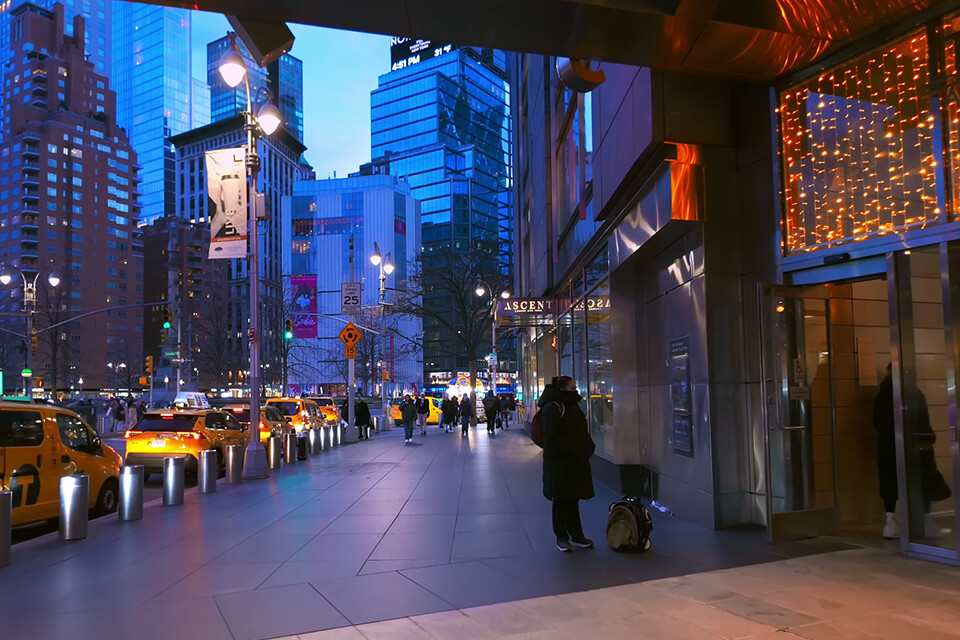
Sensor: Full-Frame CMOS | MP: 24.5 MP | ISO: 100-51200 | Autofocus: Hybrid AF | Stabilization: 5-axis IBIS | Video: 4K up to 30p
The Nikon Z6 II, equipped with its 24.5MP full-frame sensor, has been my go-to camera for numerous night photography sessions in New York City and other locations. While the Sony a7S III shines in extremely low-light conditions and the Canon R6 II offers impressive stabilization, the Z6 II delivers a well-rounded performance, making it a reliable and versatile choice for night photography.
What I appreciate most about this Nikon photography camera is its flexibility. The Z6 II isn’t just great in low light, it’s a versatile camera that performs well even at night. It might not match the a7S III’s extreme ISO range, but it still delivers excellent image quality at higher ISOs. You can comfortably shoot up to ISO 6400, and even push further if you don’t mind a bit of noise.
The dynamic range on the Z6 II is also excellent, enabling you to recover details in both shadows and highlights when shooting challenging night scenes with bright city lights and dark skies. And while the in-body image stabilization isn't quite as groundbreaking as Canon's, it's still very effective, allowing for sharper handheld shots and smoother video in low light.
The autofocus works well for night photography, though it’s not as quick as the a7S III in near-darkness. In city scenes or lighter low-light conditions, it locks almost perfectly. But for many night shots, like landscapes or buildings, manual focus is often better for getting sharp, accurate results.
I’ve used this camera in the icy chill of winter nights and humid summer evenings, and it’s always delivered excellent results. Its sturdy build and thoughtful design make it comfortable to handle even during extended shoots. It’s a dependable camera you can trust, no matter the time or conditions.
Amazon: 70+ bought in the past month
Best Buy: 500+ sold in the past year
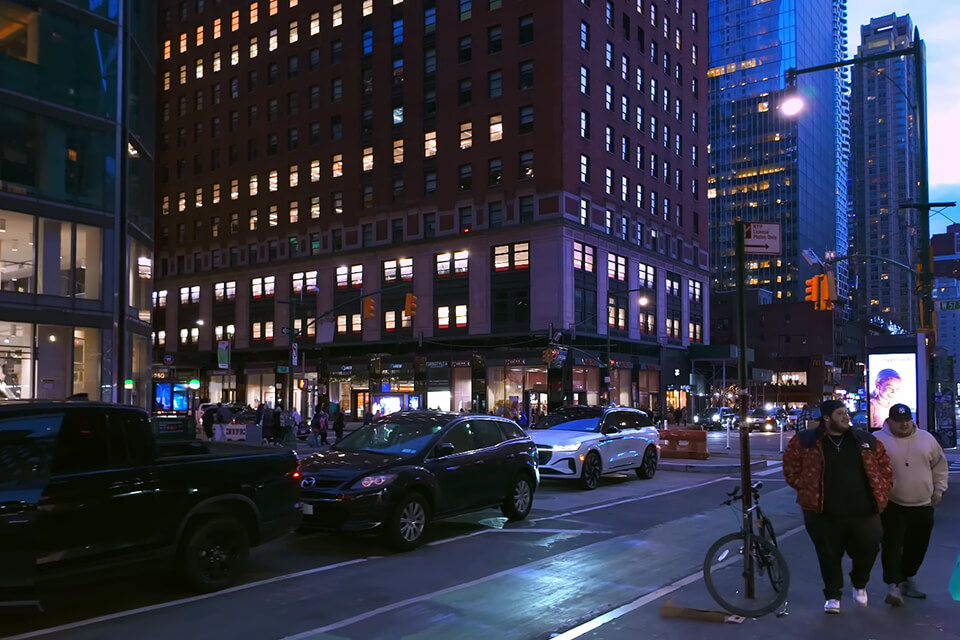
Sensor: Full-Frame CMOS | MP: 42.4 MP | ISO: 100-25600 | Autofocus: Hybrid AF | Stabilization: 4.5-stop IBIS | Video: Up to 1080p
The a7R II was strongly recommended by my FixThePhoto colleague, Eva Williams. Rather than focusing on low-light performance by using fewer, larger pixels, the a7R II emphasizes detail with its high-resolution 42.4MP full-frame sensor. That’s an impressive number of megapixels, and Eva suggested that this could be particularly advantageous for night photography.
During a night photography shoot in New York City, I put the Sony camera to the test. My primary focus was to evaluate how effectively its 42.4MP sensor could render resolution and intricate details in nighttime environments. I was particularly interested in whether such a high megapixel count would boost image quality. At the same time, I aimed to assess how its noise performance compared to lower-resolution models like the a7S III and Z6 II under similar low-light conditions.
The level of detail captured by a7R II was impressive. The a7R II delivered cityscapes with incredible sharpness, allowing you to zoom in and spot even the smallest details in buildings and lights. For still night scenes, the high resolution is a major advantage. If you’re planning to print large photos of nighttime cityscapes or landscapes, this camera’s high megapixel count ensures your images will be crisp and full of detail.
The a7R II’s high ISO performance isn’t quite on the same level as the a7S III, which isn’t surprising. It does well at moderate ISO settings, but once you push it past ISO 6400 (from my testing), noise becomes more noticeable, especially compared to the a7S III’s incredibly clean images. That said, it’s still a reliable camera - just keep an eye on your ISO settings and expect to use the noise reduction feature in post-production a bit more often.
The autofocus performed decently in low light, much like my Z6 II - it worked well in typical night scenes but wasn’t as fast or reliable as the a7S III in near darkness. For still subjects at night, it’s fine, but for dynamic scenes, you might need to switch to manual focus.
BH: 550+ sold in the past year
Adorama: 500+ sold in the past year
Best Buy: 350+ sold in the past year
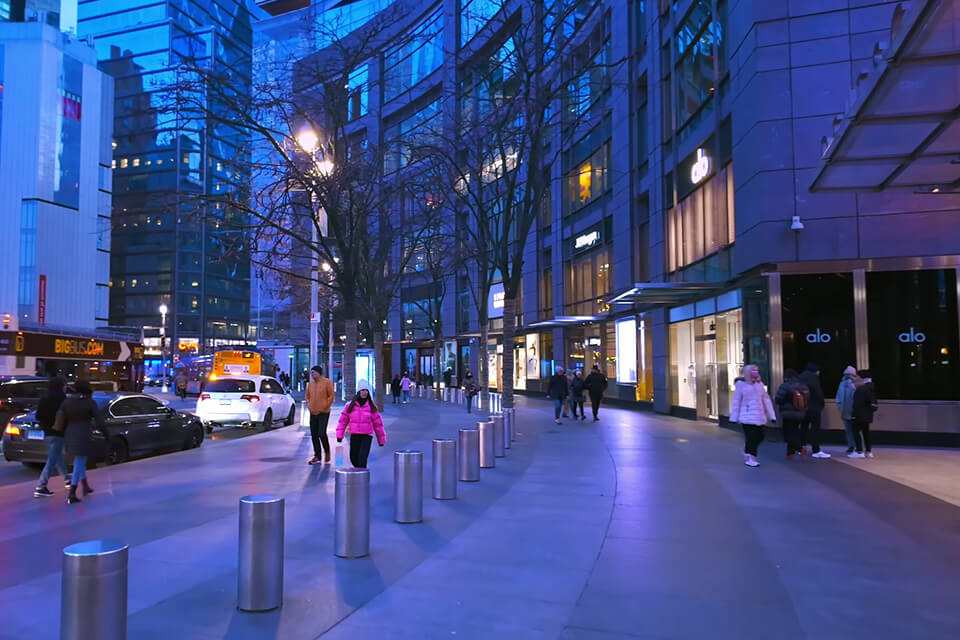
Sensor: Full-Frame CMOS | MP: 45.7 MP | ISO: 64-25600 | Autofocus: Phase-Detect AF | Stabilization: None | Video: 4K up to 30p
When I went to Adorama Rentals to get cameras for testing, the guy there suggested the Nikon D850. He mentioned that the D850’s optical viewfinder remains a significant benefit for certain night photographers. Seeing the scene directly through the lens without any electronic help makes framing and checking exposure easier, especially for long shots. So, I decided to try out this night time camera a few times.
To check how this DSLR camera will perform during flashy nights in New York, I tried it out in several different locations. With the D850, my goal was to take advantage of its high resolution and test its dynamic range in challenging nighttime lighting conditions. Since DSLRs don’t usually boast high-ISO, low-light performance if compared to newer mirrorless cameras, I was eager to see how the D850 would handle these issues.
The strengths of this camera are different from the pluses offered by mirrorless cameras. 45.7MP sensor delivers fantastic results like cityscape pics with a high level of detail. Even after serious crops, the pics still feature sharp lines and textures.
The D850 is a DSLR that uses phase-detect autofocus, which is both fast and precise in well-lit conditions. When it comes to low-light situations, it performs well when shooting stationary subjects, though it doesn’t match the sensitivity or speed of mirrorless cameras, especially when capturing moving subjects in the dark. But for typical night photography, like shooting buildings and landscapes, it works just fine.
Amazon: 70+ bought in the past month
BH: 800+ sold in the past year
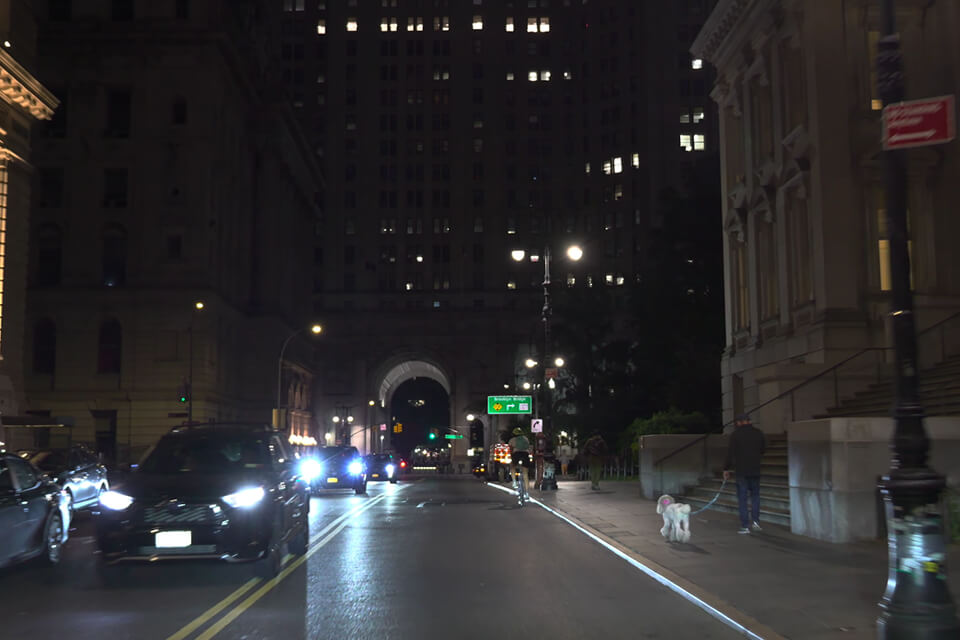
Sensor: Full-Frame CMOS | MP: 22.3 MP | ISO: 100-25600 | Autofocus: Phase-Detect AF | Stabilization: None | Video: Up to 1080p
The Canon EOS 5D III kept appearing in Reddit discussions about affordable night photography gear. Reddit users often praised the 5D III for its excellent image quality and durable design. Curious to see whether this older DSLR can still compete with cameras for night photography released in 2025.
This Canon camera still impresses with its performance, even after dark. Its 22.3MP full-frame sensor delivers stunning image quality, with natural colors and good detail. Considering its age, the dynamic range performs fairly well, giving you some flexibility to recover shadows and highlights in common nighttime scenarios.
The 5D Mark III’s age is most apparent in its high ISO performance. Noise becomes quite noticeable beyond ISO 1600, and while ISO 3200 is usable in a pinch, you’ll need to eliminate noise at post-production. Compared to newer cameras like the a7S III, R6 II, Z6 II, and even the D850, the 5D III struggles to match the clean high-ISO performance.
AF system also falls short if compared to modern top-notch mirrorless models. Its performance in decent light is well, but when it comes to shooting in low light, it becomes sluggish. For still subjects at night, it works fine, but for capturing action or moving subjects in low light, it’s not the best choice.
Amazon: 30+ bought in the past month
BH: 450+ sold in the past year
Adorama: 400+ sold in the past year
Best Buy: 300+ sold in the past year
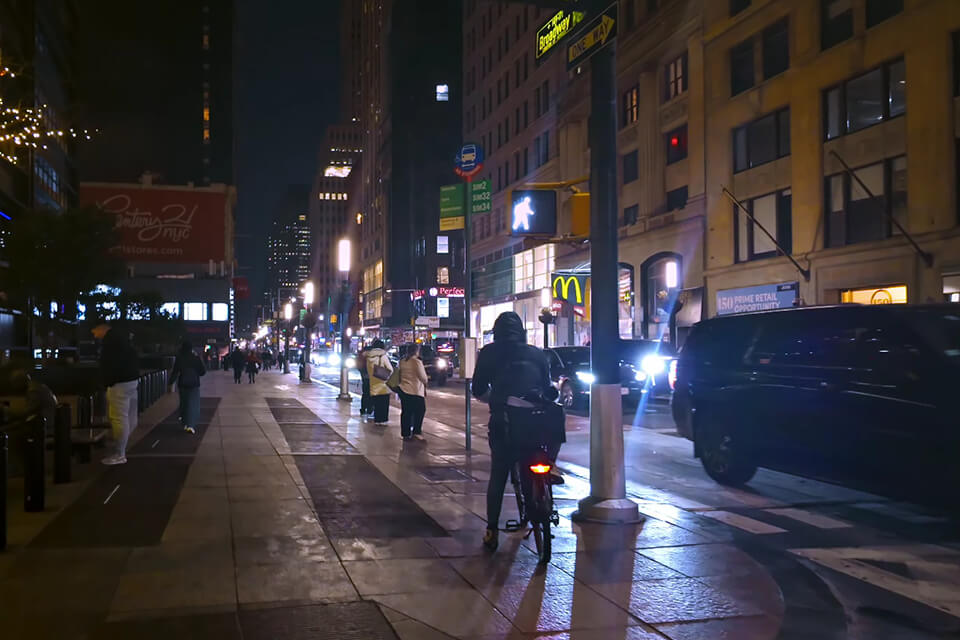
Sensor: Full-Frame CMOS | MP: 26.2 MP | ISO: 100-40000 | Autofocus: Phase-Detect AF | Stabilization: Digital IS (Video) | Video: Up to 1080p
The 6D is another great DSLR for night photography that is widely discussed in online forums. According to many comments, this option is solid and budget-friendly.
I found that the Canon 6D II is a good camera for night photography, especially for its price. The image quality is solid, with nice colors and good detail delivered by a 26.2MP camera sensor. The dynamic range works well for most night scenes, letting you recover some highlights and shadows when editing.
Sure thing, the 6D Mark II’s high ISO performance isn’t as good as newer mirrorless cameras or high-end DSLRs. Beyond ISO 1600, noise becomes more apparent, and while ISO 3200 remains usable, it’s noticeably noisier than what you’d get with the a7S III, R6 II, or even the D850. For high ISO night shots, you’ll definitely need to decrease noise in post-production.
The autofocus system is also simpler compared to the more sophisticated setups in modern mirrorless cameras. It works well enough in moderate low light but tends to struggle in near darkness, lacking speed and responsiveness. When shooting steady subjects but night, it performs fairly well, but when capturing anything in motion, you’d better switch to manual focus.
One downside I noticed with the 6D Mark II for night photography is the absence of 4K video. While I mainly focused on stills, if you’re interested in shooting night time lapses or video clips, you should pay attention to the fact that the 6D Mark II only offers 1080p, which is a minus for some users.
Photographers on Reddit claim frequently: “The 6D Mark II is a great entry point into full-frame night photography without breaking the bank,” and they’re absolutely correct.
Amazon: 200+ bought in the past month
BH: 2K+ sold in the past year
Adorama: 1.7K+ sold in the past year
Best Buy: 1.2K+ sold in the past year
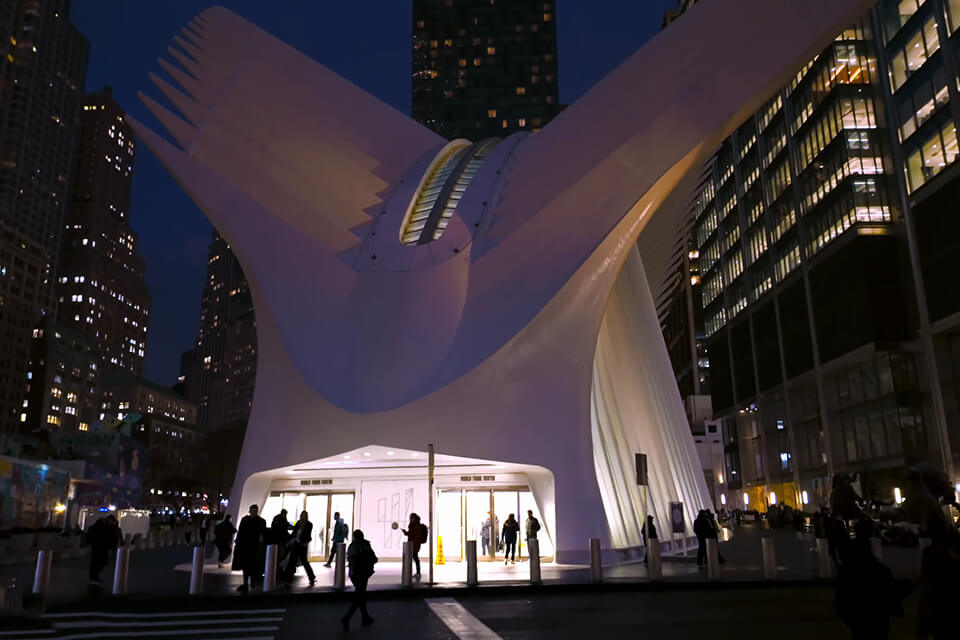
Sensor: APS-C CMOS | MP: 26.0 MP | ISO: 100-32000 | Autofocus: Hybrid AF | Stabilization: 5-axis IBIS | Video: 4K up to 60p
My colleague Tata suggested the Sony a6700, as she’s used it a lot herself. I wanted to hear her thoughts and try it out for myself. The Sony a6700 features an APS-C sensor, making it smaller than the full-frame models we’ve already reviewed.
Despite this, it’s equipped with Sony’s newest technology. Tata pointed out that its upgraded processor and enhanced low-light performance could make it a surprisingly capable option for night photography, particularly in city settings.
To check if Tata was right, I took this flip screen camera for some night shooting in different NYC spots. I wanted to see how the a6700’s APS-C sensor would perform in real nighttime conditions, especially compared to full-frame cameras.
The a6700 is a surprisingly capable camera for night photography. Despite its smaller sensor, the image quality is impressive. It delivers good detail and pleasing colors. Noise performance is better than expected for an APS-C camera. It won’t match the a7S III in extremely low light, but it works decently at moderate ISOs. It’s usable up to ISO 3200 and even 6400 with some noise reduction.
The autofocus on the a6700 is fantastic, even at night. It’s fast, precise, and dependable, easily locking onto subjects in poorly lit street settings. Sony’s autofocus systems are renowned for their quality, and the a6700 is no different. It clearly outperforms older DSLRs and even my Z6II when it comes to autofocus in tough low-light conditions.
Amazon: 50+ bought in the past month
BH: 350+ sold in the past year
Adorama: 250+ sold in the past year
Best Buy: 100+ sold in the past year

Sensor: CMOS | MP: 20 | ISO: 100+ | Stabilization: Optical | Video: Full 1080P HD
When I noticed the Minolta Pro Shot on Amazon’s “recommended for night photography” list, I was curious to try it out, as I wasn’t very familiar with the brand. While it’s not going to rival top-tier cameras, it might still have something to offer beginners beginning their way in the night photography field.
The Minolta Pro Shot falls into the “super budget-friendly” category, making it an attractive option for anyone just starting out in night photography. As a straightforward point-and-shoot, it’s easy to use and incredibly affordable. I wanted to find out if it could be a good starter camera for someone experimenting with this genre.
I focused on how user-friendly it was and whether a beginner could use it to capture excellent night shots. In well-lit areas like Times Square, the Minolta Pro Shot can actually produce recognizable night scenes. For someone just starting out, getting any kind of result in the dark can be encouraging. The colors are good enough, and you can see basic shapes and lights. Newcomers will find this little success inspiring. It’s simple, affordable, and a great starting point.
Its operation is quite straightforward: point, shoot, and you get an excellent pic. Novices will be glad to find that they don’t need to deal with complicated settings. For anyone just looking to try night photography without dealing with tons of settings, its simplicity is a big advantage.
The camera has clear limits. In bright night scenes, image quality is basic. You won’t be able to take big prints, so serious photographers will quickly shift to another model. In low light, noise shows up, and details get blurry. Autofocus is slow but works for still subjects.
We aimed to cover all bases, from budget-friendly choices to high-end models. We tapped into the expertise of the FixThePhoto team, explored Reddit to see what cameras night photography enthusiasts were recommending, and gathered insights from our professional photographer clients, who rely on their equipment for shooting in low-light conditions.
In total, we tested more than 40 different camera bodies, all rented from Adorama Rentals. Our lineup also included the Panasonic camera GH5S, the X-T4 Fujifilm camera, the Olympus OM-D E-M1 Mark III, the Pentax K-1 Mark II, the Canon EOS RP, the Nikon Z5, and even older full-frame DSLRs like the Canon EOS 5D Mark II. While these cameras all have their unique advantages, they didn’t consistently excel in night photography like the models we’re highlighting.
All this testing took place in different New York City areas after dark. We aimed to evaluate these cameras in real-world night photography situations. We visited numerous locations throughout the boroughs, including Central Park, Brooklyn Bridge Park, Times Square, Greenwich Village, and the Lower East Side streets. In these varied settings, we rigorously tested each camera, focusing on the key factors that were crucial for shooting in darkness:
High ISO performance. This is super important for night photography. We tested each camera’s ISO limits in really dark places around NYC, like parks at midnight, dim streets, and waterfronts at dusk. We checked how clean the images looked at high ISOs like 3200, 6400, 12800, and higher. We looked at noise levels, how much detail stayed, and if the high-ISO shots were usable. Could you use high ISOs to get a good night photo, or would the noise ruin it?
Autofocus in low light. Autofocus systems face a real challenge in night photography. We evaluated each night camera’s autofocus in near-total darkness, trying to lock onto faint stars, poorly lit buildings, and shadowed subjects. We checked its speed, accuracy, and reliability in low light. The question was: Could it focus quickly and confidently when visibility was almost zero?
Dynamic range in night scenes. Night environments often feature strong contrasts with dazzling urban lights and intense shadows. To assess each camera’s dynamic range, we captured scenes with a broad spectrum of light and dark elements, like twilight cityscapes or streets illuminated by bright signs and hidden in dark corners. We then analyzed how much detail could be restored in both bright and shadowy areas during post-processing. The main question was: Could the camera manage the entire spectrum of tones in challenging night scenes?
Image stabilization (IBIS and Lens IS). Long exposures are crucial for many night photography scenarios, and stabilization is a lifesaver for achieving sharp shots without relying on a tripod or camera remote. We tested both in-body stabilization (IBIS) and lens-based stabilization (IS) by capturing handheld long exposures at night, determining how far we could extend the shutter speed while maintaining sharpness. We also assessed the effectiveness of stabilization for video in low-light conditions. The key question was: Could you sometimes go without a tripod and still produce clear night images?
Lens selection & compatibility. Night photography frequently requires fast, wide-aperture lenses to capture as much light as possible. We evaluated the lens systems compatible with each camera, focusing on the availability of wide-angle primes and zooms with fast apertures (f/1.4, f/1.8, f/2.8) that are perfect for nighttime shooting. The question was: Were there decent lens options to fully unlock the camera’s potential for night photography?
Battery life for night shoots. Night photography sessions can stretch for hours, particularly when capturing star trails or time-lapses. We tested battery life by using each camera during prolonged night shoots, tracking how many shots we could take on one charge and how well the battery performed in colder nighttime conditions. Our inquiry was: could the battery survive an entire night of shooting, or would you end up frequently changing batteries in the dark?
Real-world night shooting experience. We didn’t just run technical tests but took each camera out for real-world night photography, exploring different NYC neighborhoods and capturing a variety of scenes. We focused on how comfortable each camera was to use in the dark, how easily accessible the controls were, and whether it felt natural and intuitive for nighttime shooting.